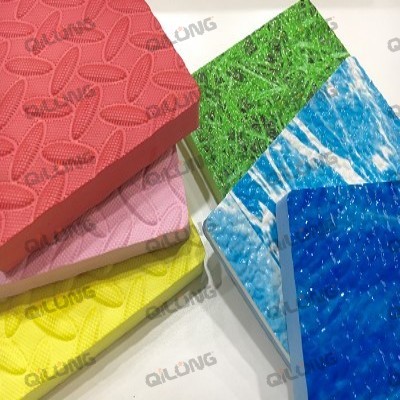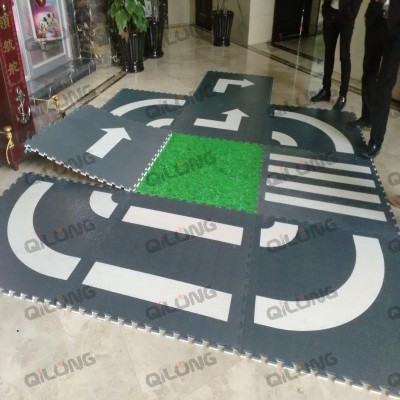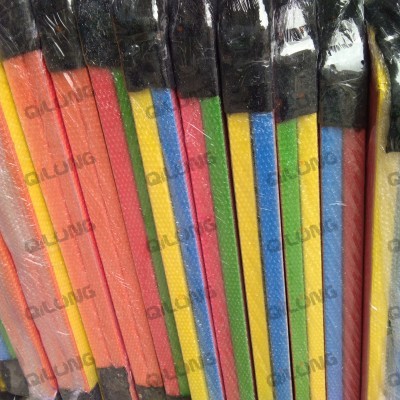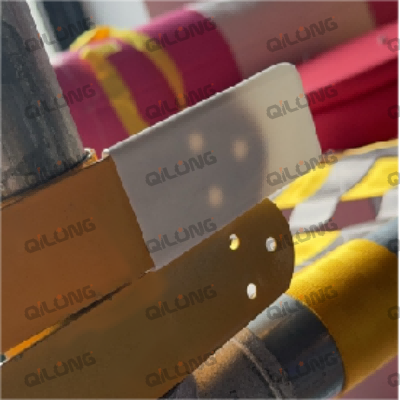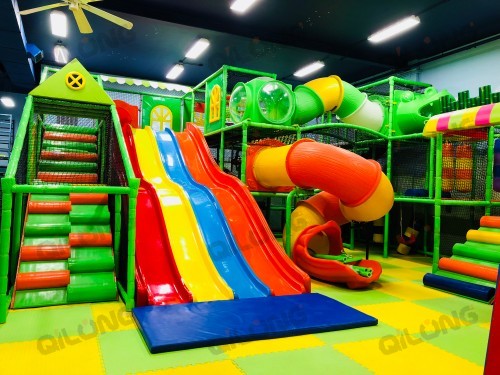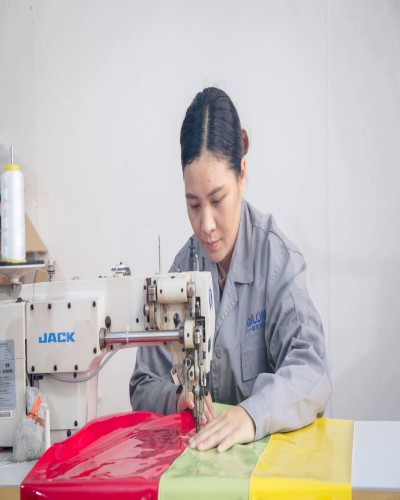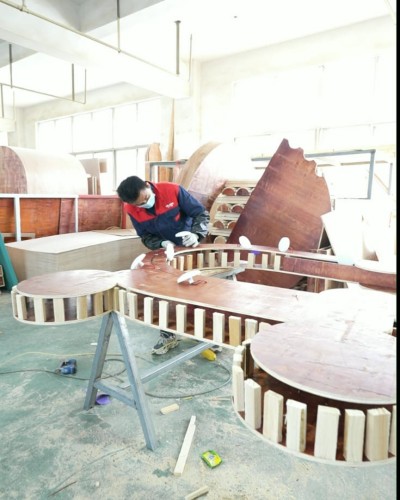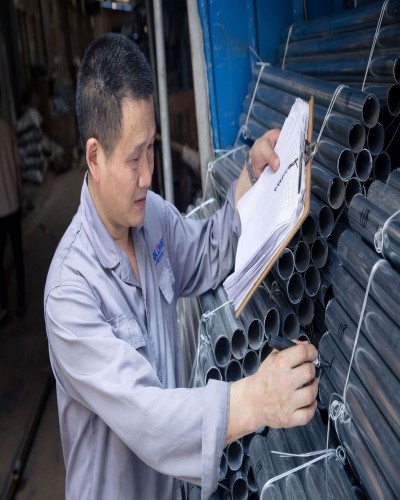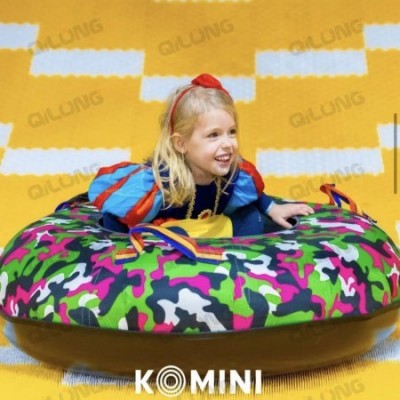For outdoor enthusiasts, backpackers, and festival-goers alike, the holy grail of camping gear has long been a chair that offers comfort without compromising on portability. The smallest and lightest camping chairs represent a marvel of engineering, blending advanced materials with clever design to create seats that can be carried anywhere—from mountain summits to music festivals. But what exactly defines these ultra-portable thrones, and which models lead the pack?
The Lightest Camping Chairs: Featherweight Comfort
When it comes to minimizing weight, manufacturers have pushed the boundaries of innovation. The current record-holder for the lightest camping chair is the Helinox Chair Zero, weighing in at a mere 490 grams (1.1 pounds). This chair uses DAC aluminum alloy poles—the same material found in high-end tents and trekking poles—combined with a ripstop polyester seat for durability. Despite its featherlight construction, it can support up to 120 kg (265 lbs), making it suitable for most users.
Another contender is the Big Agnes Skyline UL Chair, which tips the scales at just 540 grams (1.2 pounds). This model features a minimalist design with a single shock-corded pole and a lightweight mesh seat, ideal for warm-weather adventures. Its compact folded size allows it to fit inside most backpacks, eliminating the need for external attachments.
The Smallest Camping Chairs: Compact Marvels
While weight is crucial, size matters just as much when it comes to portability. The NEMO Stargaze Recliner Luxury may not be the lightest, but its ultra-compact fold makes it a top choice for space-saving travelers. When packed, it measures just 35 x 10 cm (13.8 x 4 inches), small enough to slide into a carry-on suitcase or attach to a bike frame.
For those seeking true micro-sized seating, the Kijaro Mini Chair stands out. This tiny marvel weighs 700 grams (1.5 pounds) and folds down to the size of a large water bottle (30 x 10 cm / 12 x 4 inches). Its steel frame and durable polyester fabric ensure stability, while its compact form makes it perfect for impromptu picnics or beach days.
The Perfect Balance: Lightweight Meets Functional
The smallest and lightest camping chairs often sacrifice some comfort for portability, but newer models are challenging this trade-off. The Therm-a-Rest Z Seat Sol combines a closed-cell foam pad with a lightweight frame, offering cushioning and support at just 280 grams (0.6 pounds). Though not a traditional chair, its versatility makes it a favorite among ultralight backpackers.
For those who refuse to compromise on comfort, the Feistel Outdoor Ultralight Chair strikes a balance with a 1.2kg (2.65-pound) weight and a ergonomic design. Its deep seat and breathable mesh backrest provide all-day comfort, while its collapsible frame packs down to the size of a small umbrella.
As materials science and design innovation continue to evolve, the smallest and lightest camping chairs will only become more impressive. Whether you're a thru-hiker looking to shed grams or a festival lover seeking a cozy spot to relax, these ultra-portable seats prove that comfort doesn’t have to weigh you down. The next time you head outdoors, consider leaving the bulky lawn chair behind—your back (and your) will thank you.


